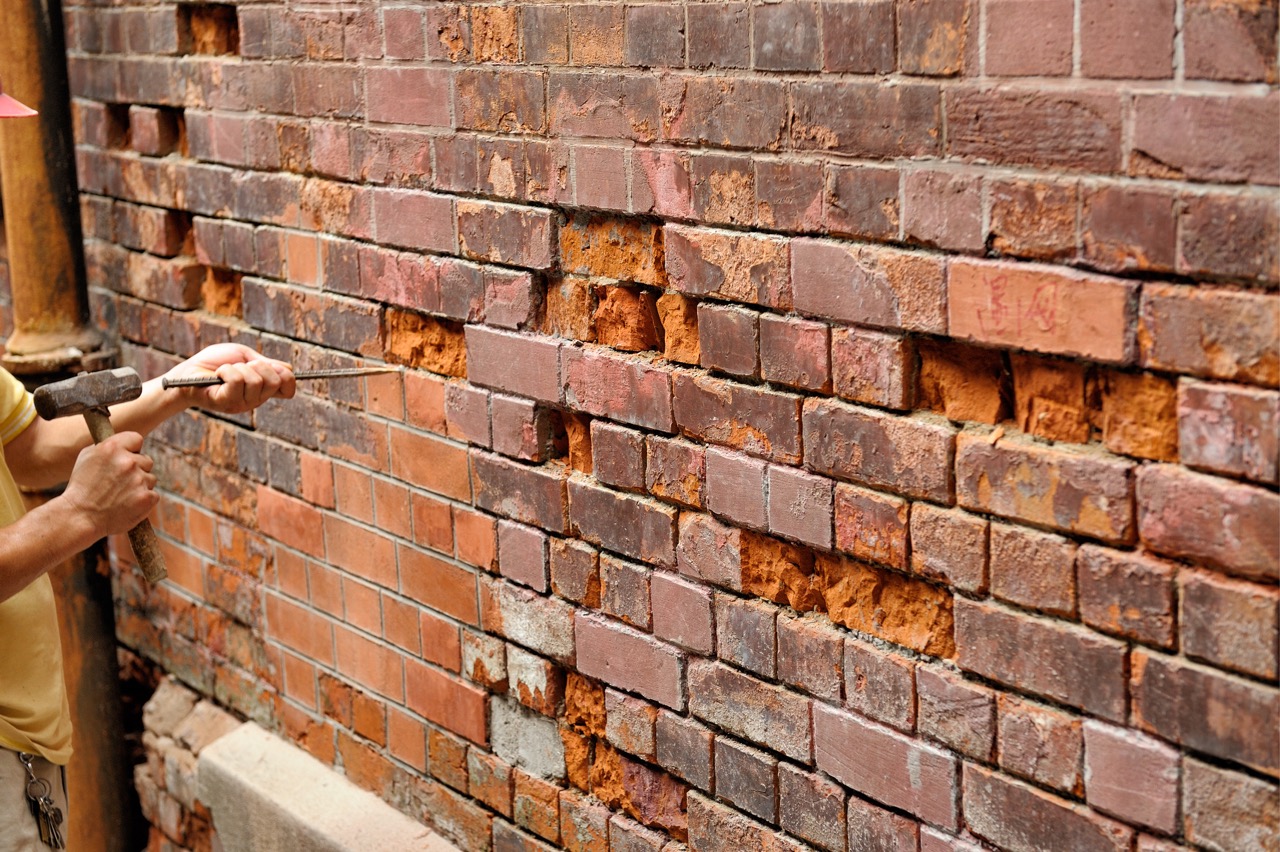Opening the Secrets of Sustainable Stonework Building Practices for Eco-Friendly Buildings
Amongst the myriad techniques to eco-friendly structure, lasting stonework building stands out as a reliable and sturdy technique that holds a riches of untapped potential. From the option of materials to ingenious construction strategies, the secrets to attaining sustainability within stonework construction are diverse and interesting.
Benefits of Lasting Masonry Construction
Accepting sustainable masonry building techniques not just lowers environmental impact however likewise uses long-lasting financial advantages to building contractors and areas. By making use of products like recycled blocks, obstructs, and rocks, building contractors can significantly lower the carbon impact of their jobs while promoting resource performance. In addition, sustainable masonry construction methods, such as proper insulation and thermal mass residential or commercial properties, can improve energy efficiency within structures, bring about lowered functional expenses gradually.
Furthermore, the sturdiness and durability of masonry frameworks add to long-lasting economic benefits. Structures created utilizing sustainable stonework techniques commonly need less repair and maintenance, equating to cost financial savings for home builders and homeowner. The longevity of stonework materials also makes certain that frameworks remain secure and safe, decreasing the need for frequent improvements or replacements.
Eco-Friendly Stonework Products
Utilizing green masonry products is an essential step in the direction of enhancing the sustainability of building and construction methods and minimizing ecological impact while making best use of long-lasting financial benefits. Lasting masonry products are sourced, produced, and used in a manner that minimizes overall ecological impact. Materials such as recycled blocks, reclaimed rock, and sustainable concrete blocks are coming to be increasingly preferred choices for eco-conscious home builders. Recycled bricks, as an example, not just divert waste from garbage dumps yet also need much less energy to create contrasted to new bricks. Redeemed rock provides an one-of-a-kind aesthetic charm while lowering the need for new quarrying. Lasting concrete obstructs incorporate recycled aggregates and might include improved insulation homes, adding to power efficiency in buildings.
In addition, natural products like adobe, rammed planet, and straw bales supply excellent thermal mass properties, minimizing the requirement for home heating and cooling down power. These materials are typically in your area readily available, advertising local economic situations and lowering transportation-related carbon discharges. By choosing green stonework materials, building tasks can significantly reduce their environmental impact and contribute to the development of healthier, a lot more sustainable built environments.
Energy-Efficient Stonework Strategies
Power effectiveness plays an important role in boosting the sustainability of stonework building practices. By applying energy-efficient stonework methods, contractors can dramatically lower the overall power usage of a building, resulting in lower functional costs and a smaller sized environmental footprint. One browse around these guys vital energy-efficient masonry technique is making use of thermal mass, which includes including thick materials like concrete or block into the structure's structure to soak up and keep warmth. This helps regulate indoor temperature levels, reducing the need for mechanical heating and cooling systems.

Technologies in Sustainable Stonework
Recent advancements in sustainable masonry methods have actually caused innovative methods that are improving the building industry. One such development is the development of self-healing concrete, which makes use of microorganisms embedded within the concrete to recover cracks autonomously. This innovation not just lowers upkeep costs yet likewise enhances the sturdiness of stonework frameworks, adding to their sustainability.
One more significant technology is making use of recycled accumulations in masonry construction - masonry contractor. By integrating products such as crushed ceramic waste or recycled glass right into concrete mixes, contractors can decrease the ecological impact of building projects while maintaining architectural honesty. This technique not just diverts waste from landfills but also conserves natural sources, making it a crucial improvement in sustainable masonry construction
In addition, the assimilation of digital design devices, such as Structure Info Modeling (BIM), is transforming the way stonework structures are planned and created. BIM permits more precise estimations, minimized material wastage, and boosted energy efficiency, inevitably causing more lasting building techniques. These advancements collectively indicate an appealing future for sustainable stonework building in the era of green buildings.
Future Trends in Stonework Sustainability
With the ingenious strides made in sustainable stonework practices, the future patterns in masonry sustainability are positioned to further change the building sector. One of the vital patterns forming the future of masonry sustainability is the raised integration of innovation. Advancements such as Structure Information Modeling (BIM) and online fact simulations are being used to maximize masonry building processes, causing lowered material waste and boosted energy effectiveness in structures.
In addition, the advancement of unique lasting materials is readied to play a significant function in improving the eco-friendliness of stonework building. masonry contractor. Technologies like self-healing concrete, recycled accumulations, and bio-based binders are gaining traction for their capability to decrease environmental effect while preserving go to website structural stability

Conclusion
In conclusion, lasting masonry building practices use numerous advantages for green buildings. masonry contractor. Developments in sustainable masonry are constantly being established to additionally enhance the ecological performance of structures.